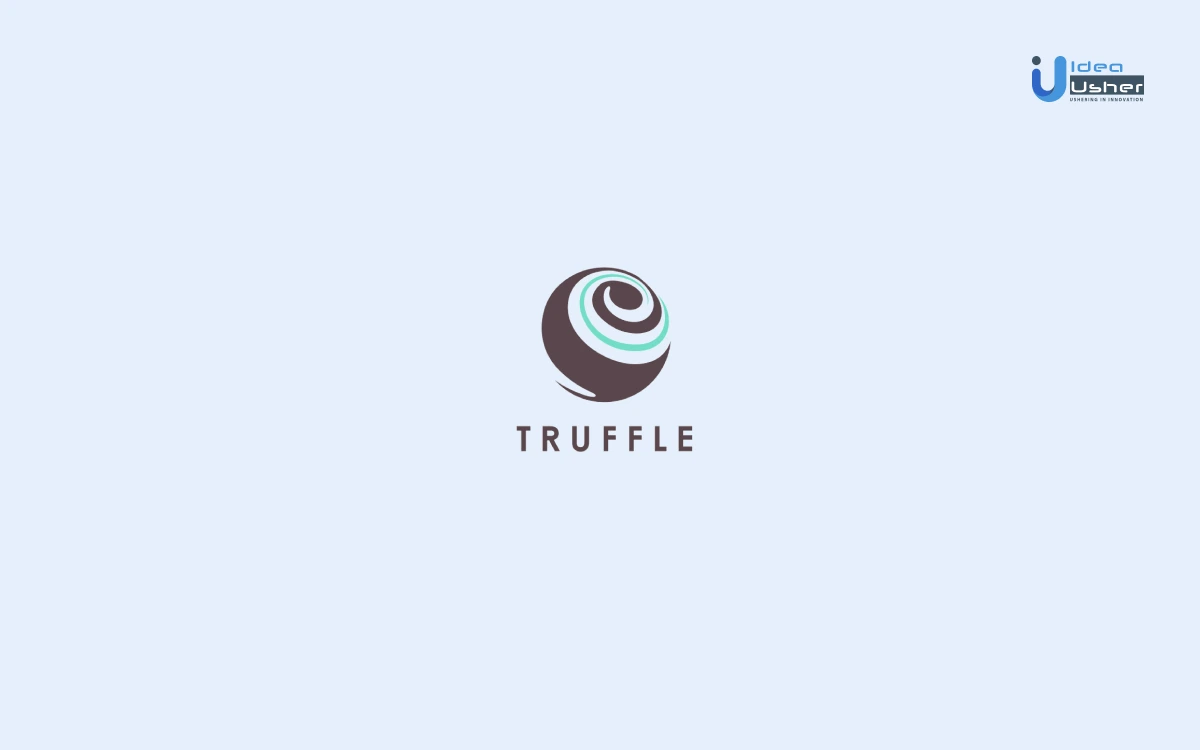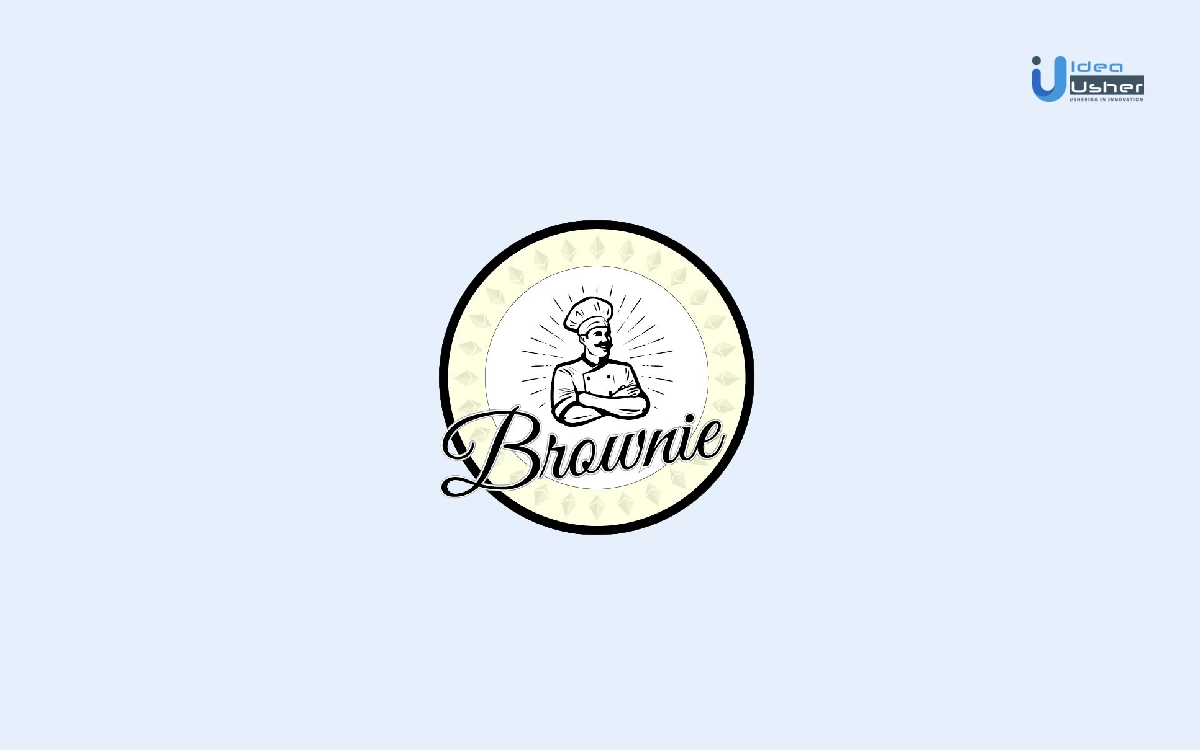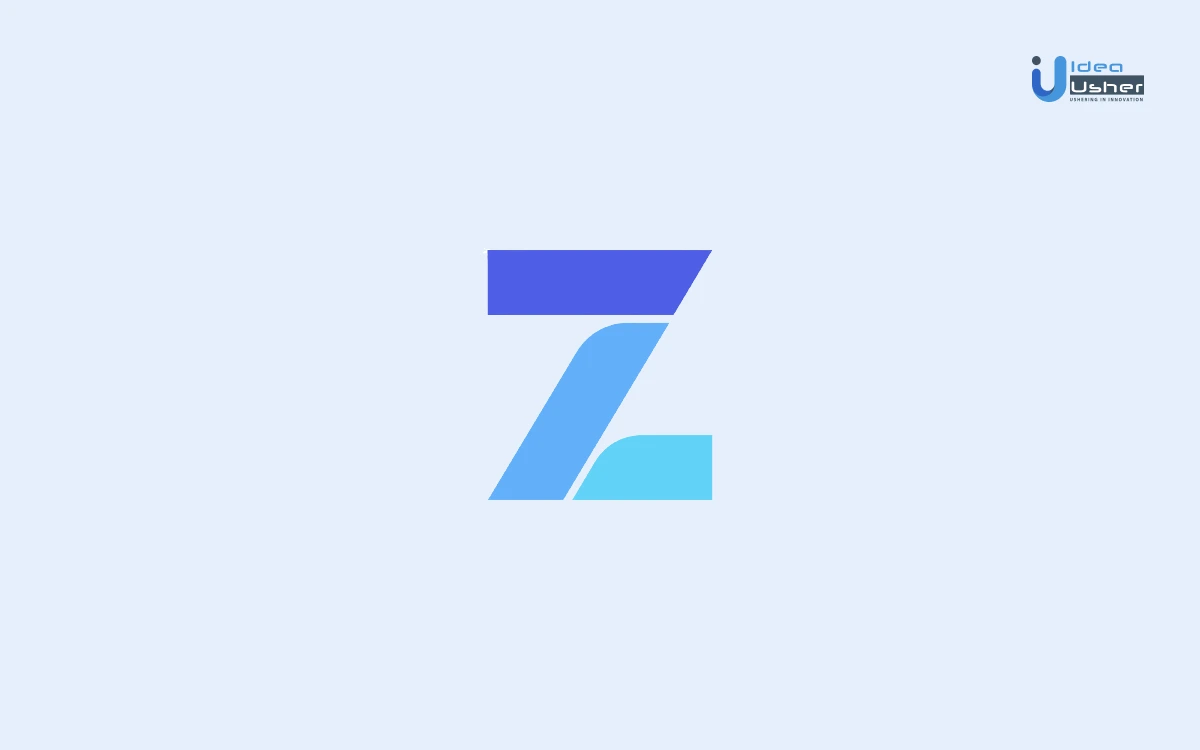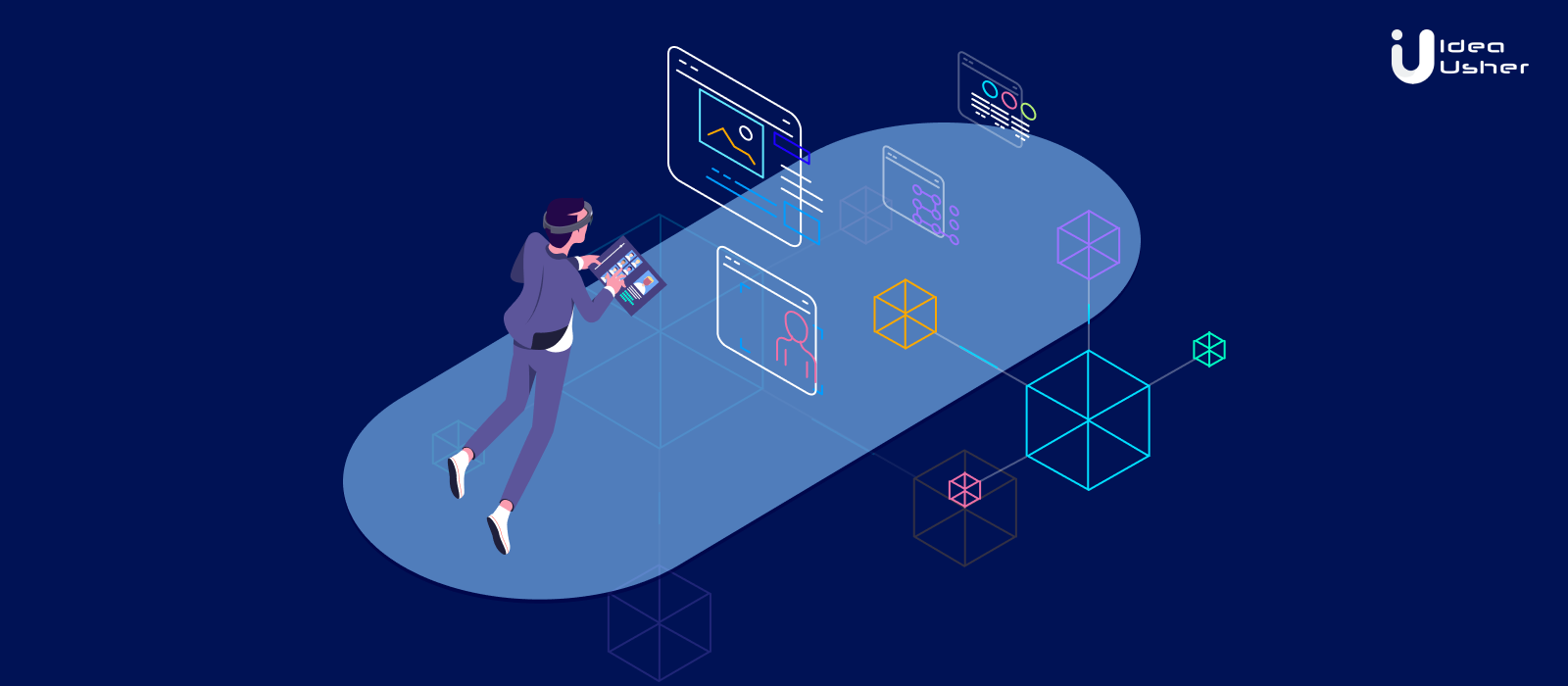Imagine a world where people can trade goods, services, and information without centralized oversight. A world where social media is decentralized and content is not censored. A place without political boundaries or pointless limitations. This is Web 3.0, and the future of tech development is Web 3.0 frameworks.
The shift towards Web 3.0 represents a large-scale overhaul of the Internet, bringing new capabilities, architectures, and applications.
What is Web 3.0 And Web 3.0 Framework?
Web 3.0 is the third major version of the web in terms of widespread adoption and a large-scale shift in the industry. It is an effectively completely revamped Internet architecture consisting of services, servers, applications, and platforms.
Web 3.0 Framework
Web 3.0 Framework is software that makes it easier for anyone to build and operate applications that live on the web. It’s a collection of tools that help you manage the display and interaction of all client-side content, secure and manage permissions to user data, and handle everyday tasks that all web apps need, such as forms and payments.
The evolution of blockchain technology has led to new frameworks that facilitate the development of decentralized applications (dApps), including non-fungible token (NFT) marketplaces. The Ethereum blockchain is the most popular platform for NFTs, which are unique digital assets with a given set of attributes that make them one-of-a-kind.
Because they are not interchangeable, they offer limitless opportunities for developers who want to create projects featuring collectibles, artworks, real estate, and more.
5 Best Web 3.0 Frameworks for Development of NFT Marketplaces.
Here are some of the most popular web 3.0 frameworks to assist blockchain developers in the smooth development of NFT marketplaces.
1. Truffle Framework

Truffle was launched by Consensys in February 2017 and serves as a unified development environment for software developers. It provides high-level tools needed for smart contract development and debugging, independent package management, and convenient deployments.
Things about Truffle you should know:
- Truffle Framework is an Ethereum development framework.
- It is written in Javascript and is completely framework-agnostic.
- It supports the development and testing of DApps using any framework such as React, Vue, or Angular.
- Every DApp built with Truffle has a truffle-config file that contains the configuration settings for the project.
2. Hardhat Framework

Hardhat framework protocol aims to provide third-party developers with the tools and resources needed to launch their marketplaces in virtually no time.
By offering a ready-made infrastructure for creating digital asset exchanges, the company aims to allow users to exchange goods and services within their communities (with an option for building independent marketplaces).
Things about Hardhat you should know:
- It is a decentralized marketplace that introduces a new way for users to create and run their marketplaces.
- It features an extensible plugin architecture for adding custom blockchain technology and supports both Ruby on Rails (RoR) and Django web development frameworks.
- Hardhat is a pattern-oriented framework that makes it easy and fast to develop decentralized applications.
3. Brownie Framework

Brownie Framework is a blockchain framework for the rapid development of Nash equilibrium-driven decentralized commerce application with automatic interaction of all its participants regarding NFT marketplaces.
Few things that makes this Web 3.0 framework different:
- Brownie is a framework written in Node.js for developing blockchain applications.
- The advantage of the framework is that it allows developers to concentrate mainly on their application logic and excludes the need to reinvent blockchain-specific code.
- It is a high-level framework that creates decentralized applications on the blockchain that include smart contracts and can work with multiple blockchains using “oracles.”
- It is completely written in JAVA language, so you don’t need any other third-party tools or libraries compared to other frameworks.
4. OpenZeppelin SDK

OpenZeppelin SDK was launched as an open-source framework in February 2018 and is written in Python. It supports both NFTs and ERC721 tokens, making it ideal for creating dApps that feature both types of digital assets.
- A blockchain developer can also use it to create projects that work on multiple networks such as Ethereum, NEO, and EOS.
- A team of security experts and software engineers who were worried about the level of security in smart contracts has created OpenZeppelin.
- It also has a development environment called Jesta that allows for secure testing, offline compilation, and deployment to multiple domains, including test networks, making it even better.
5. Chainlink SDK

All the blockchain-based marketplaces and auction platforms use some third-party services to power their core. These third-party services are called oracles, and they are used for essential functions like off-chain data, price feeds, and prediction markets.
Things about ChainLink you should know:
- ChainLink is built on a vast array of software and hardware technologies, including Node.js, Python, GO, C++, Java, and more.
- It is a blockchain-based middleware that bridges cryptocurrency smart contracts and off-chain resources like data feeds, various web APIs, and traditional bank account payments.
- The Chainlink team is creating a secure, scalable, and interoperable bridge between existing value systems and blockchain networks that will securely and seamlessly connect to them.
Takeaway:
NFT marketplaces are the new hot thing, and many are competing to build them. If you can create a framework for the development, you’ll not only be able to monetize it but also set yourself up for future projects.
If you are looking to build an NFT marketplace, Idea Usher is the right fit for you.
Work with Ex-MAANG developers to build next-gen apps schedule your consultation now
FAQ’s
Q. What is a Web3 framework?
A. Think of Web3 frameworks as toolkits for building decentralized applications (dApps) on blockchains. They provide libraries, structures, and features to streamline tasks like writing smart contracts, testing, and deploying your dApp.
Q. What is Web3 in blockchain?
A. Web3 refers to the next phase of the internet, built on decentralization, user ownership, and transparency. Blockchains are the foundation of Web3, enabling secure data storage and peer-to-peer interactions.
Q. Best frontend framework for Web3?
A. There’s no single “best” framework, as the choice depends on your project and skillset. Popular options include React, Vue.js, and Svelte, all compatible with Web3 libraries for interacting with blockchains.
Q. Python framework for Web3?
A. Brownie is a popular Python framework specifically designed for Web3 development. It simplifies smart contract creation, testing, and deployment with a focus on Python’s readability and built-in testing tools.




















